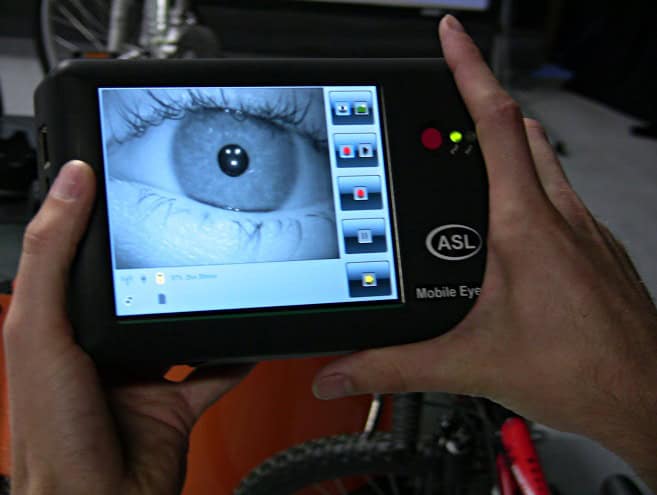Introduction
Attention-Deficit/Hyperactivity Disorder (ADHD) affects millions of school-aged children globally, with challenges in diagnosis often leading to delayed interventions. Traditional methods rely heavily on subjective assessments, risking both overdiagnosis and missed cases. Therefore, recent advancements in eye-tracking technology present an innovative, objective approach to ADHD diagnosis, offering insights into neuropsychological behavior patterns.
Focus Keyword:
Tags: ADHD, Eye-Tracking Technology, Pediatric Diagnosis, Neurodevelopmental Disorders

What Is ADHD and Why Is Objective Diagnosis Crucial?
ADHD is a neurodevelopmental disorder characterized by inattention, hyperactivity, and impulsivity. While its prevalence is approximately 5.29% globally and 6.4% in China, diagnosing ADHD often relies on behavioral observations, which can introduce bias. Eye-tracking, a technology capable of assessing eye movements and pupil dynamics, aligns well with the neurological features of ADHD, bridging this diagnostic gap. Through eye-tracking, the process of getting an accurate ADHD diagnosis is more objective.
Revolutionizing ADHD Diagnosis with Eye-Tracking
Eye-tracking technology evaluates saccadic eye movements, pupil size variations, and fixation patterns to identify neuropsychological markers. This approach not only aids in diagnosis but also tracks developmental patterns in affected children.
Key highlights of the methodology:
- Objective Digital Biomarkers: Metrics like pupil diameter fluctuation and gaze entropy are key indicators of ADHD.
- Machine Learning Integration: Models utilizing eye-tracking data achieved an accuracy of 90.8% and an AUC of 0.965, underscoring their reliability in ADHD diagnosis.
- Saccade Tasks: The study used prosaccade, antisaccade, and delayed saccade paradigms to differentiate cognitive abilities in ADHD and typically developing (TD) children.
Study Insights and Outcomes
In this study, participants consisted of
- 216 children: 94 ADHD and 122 TD.
- ADHD group showed marked differences in task completion accuracy and cognitive flexibility compared to TD children, which highlights the importance of accurate diagnosis.
Metrics Analysis
- Higher Pupil Diameter Variability: Linked to greater cognitive stress in ADHD.
- Poorer Saccade Performance: Lower average saccade velocity (VSac. Avg.) and peak velocity (VSac. Peak) in ADHD.
- Irregular Eye Movement Patterns: Gaze entropy revealed less organized visual exploration in ADHD, revealing more about ADHD diagnosis.
Age-Related Trends
Although performance improved with age in both groups, ADHD children lagged significantly behind their TD peers in various ADHD diagnosis metrics.
Implications for ADHD Diagnosis and Interventions
By employing portable eye-tracking devices, this technology can enable:
- Early Diagnosis: Screening at schools and community centers, making it accessible.
- Tailored Interventions: Personalized therapies based on specific cognitive deficits.
- Wider Accessibility: Portable systems ensure assessments are inclusive and feasible even in resource-limited settings, improving diagnosis rates.
Future Directions
The study proposes scaling this solution through:
- Multicenter trials for diverse population validation, enhancing diagnosis approaches.
- Development of compact, cost-effective eye-tracking tools, driving better diagnosis systems.
- Integration into primary healthcare systems to streamline ADHD diagnosis.
Conclusion
The integration of eye-tracking technology with machine learning offers a revolutionary tool for ADHD identification, emphasizing objectivity, reliability, and scalability. These advancements promise better outcomes for children globally, ensuring timely and effective interventions.

Leave a Reply